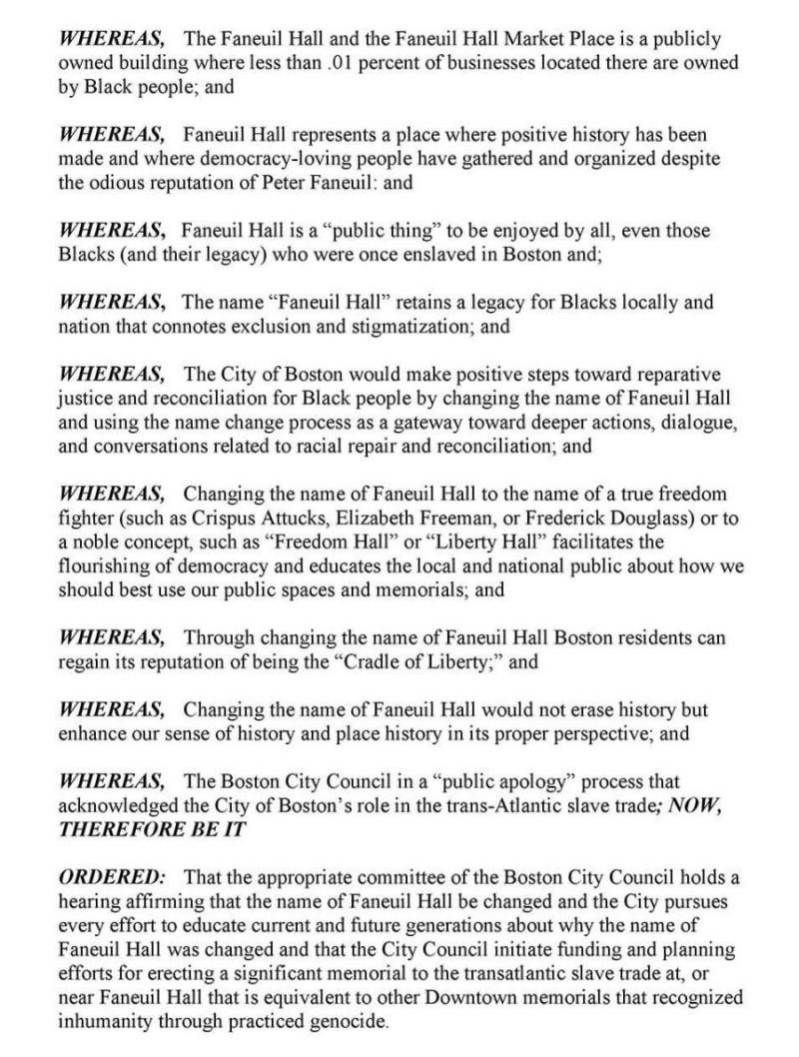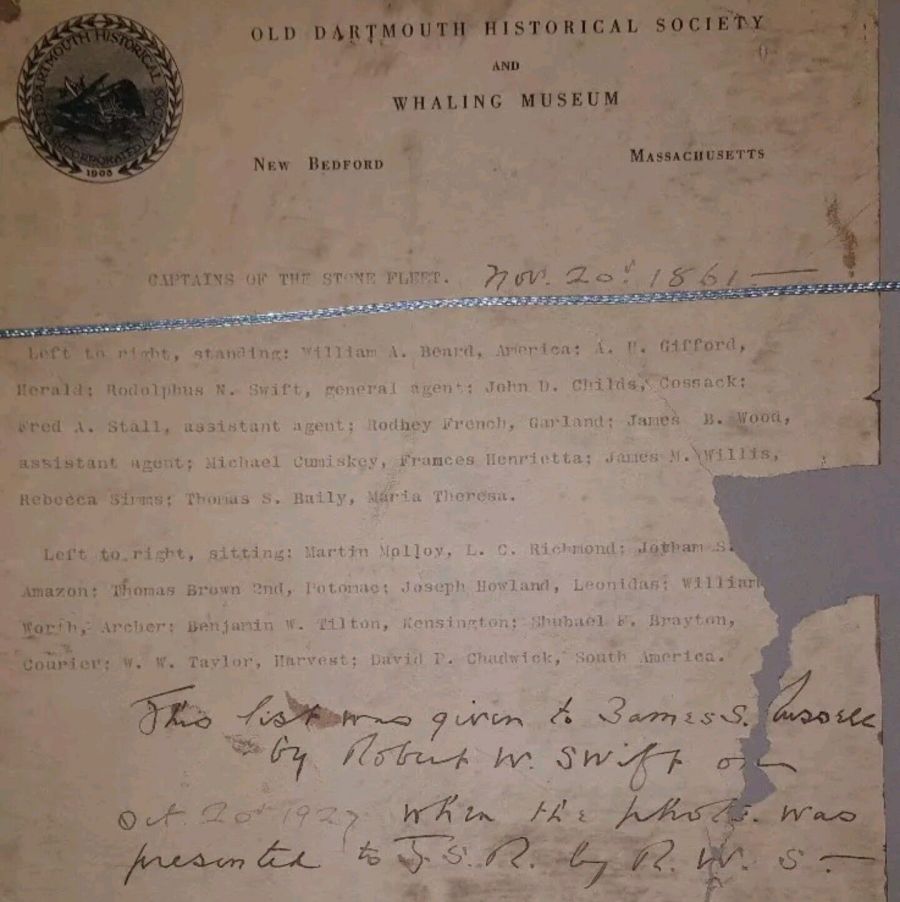Bridgewater Triangle Phenomena: hauntings, curses, murders, Satanism, Bigfoot, or just hooey?
By Bailey Bisson.
The Bridgewater Triangle is an area of about 200 square miles located in southeastern Massachusetts, United States. The area is known for a variety of unexplained phenomena, including reports of UFO sightings, Bigfoot sightings, ghosts, reports of cult activity and unresolved murders. The boundaries of the Bridgewater Triangle are somewhat disputed, but the general area includes the towns of Abington, Freetown, and Rehoboth.
The Bridgewater Triangle attracted national attention during the 1970s, when reports of strange occurrences in the area started to surface. Many people believe that the area is cursed, or haunted, due to its history of Native American conflicts, colonial battles, and mysterious disappearances. Some also believe that the area is a vortex or portal to other dimensions.

The Bridgewater Triangle. Facebook photo.
In addition to paranormal activity, the Bridgewater Triangle is also known for environmental anomalies. The Hockomock Swamp, which is located in the center of the triangle, is known for its quicksand, sinkholes, and other hazards. The swamp is also home to a variety of rare and endangered plant and animal species. You can see a fantastic inforgraphic map with all its incidents here.
Florida resident and Published author of paranormal literature, Christopher Balzano, appeared in a podcast known as OldColonyCast to share information regarding alleged eeriness within the Bridgewater Triangle.
“We have a saying now: ‘The triangle will never get big.’ It’s an obsessive topic for people who are in the area, and anyone who hears about it, but people aren’t hearing about it as much as they should,” said Balzano.
Despite the rumors and legends surrounding the Bridgewater Triangle, skeptics argue that there is no credible evidence to support the claims of paranormal activity. Some suggest that the area’s reputation is simply the result of folklore and urban legend, which have been perpetuated over time.

Carl Drew’s mugshot. Facebook photo.
One of the most notorious cases of cult activity and murder in the Bridgewater Triangle is the case of Carl Drew and Robin Murphy. In the early 1980s, Drew and Murphy were accused of being members of a satanic cult that operated in the area, and were charged with the murder of several women who were believed to have been involved with the cult.
The case was complicated and controversial, with some arguing that the murders were the result of drug-fueled, non-ritualistic violence rather than satanic rituals. Nevertheless, Drew and Murphy were both found guilty and sentenced to life in prison without the possibility of parole.
However, in 2021, Robin Murphy was released from prison due to a change in Massachusetts law that allows for parole after 25 years for juveniles convicted of murder. Drew died in prison in 2008.
Despite the convictions, the case remains shrouded in mystery and controversy, and the possibility of a larger, organized cult operating in the Bridgewater Triangle continues to be a subject of debate among those interested in the paranormal and unsolved crimes.

15-year-old Mary Lou Arruda, abducted and killed by James M. Kater and 17-year old prostitute Doreen Levesque allegedly killed by her pimp Carl Drew, however many believe both teens were victims of a Satanic cult. Facebook photo.



